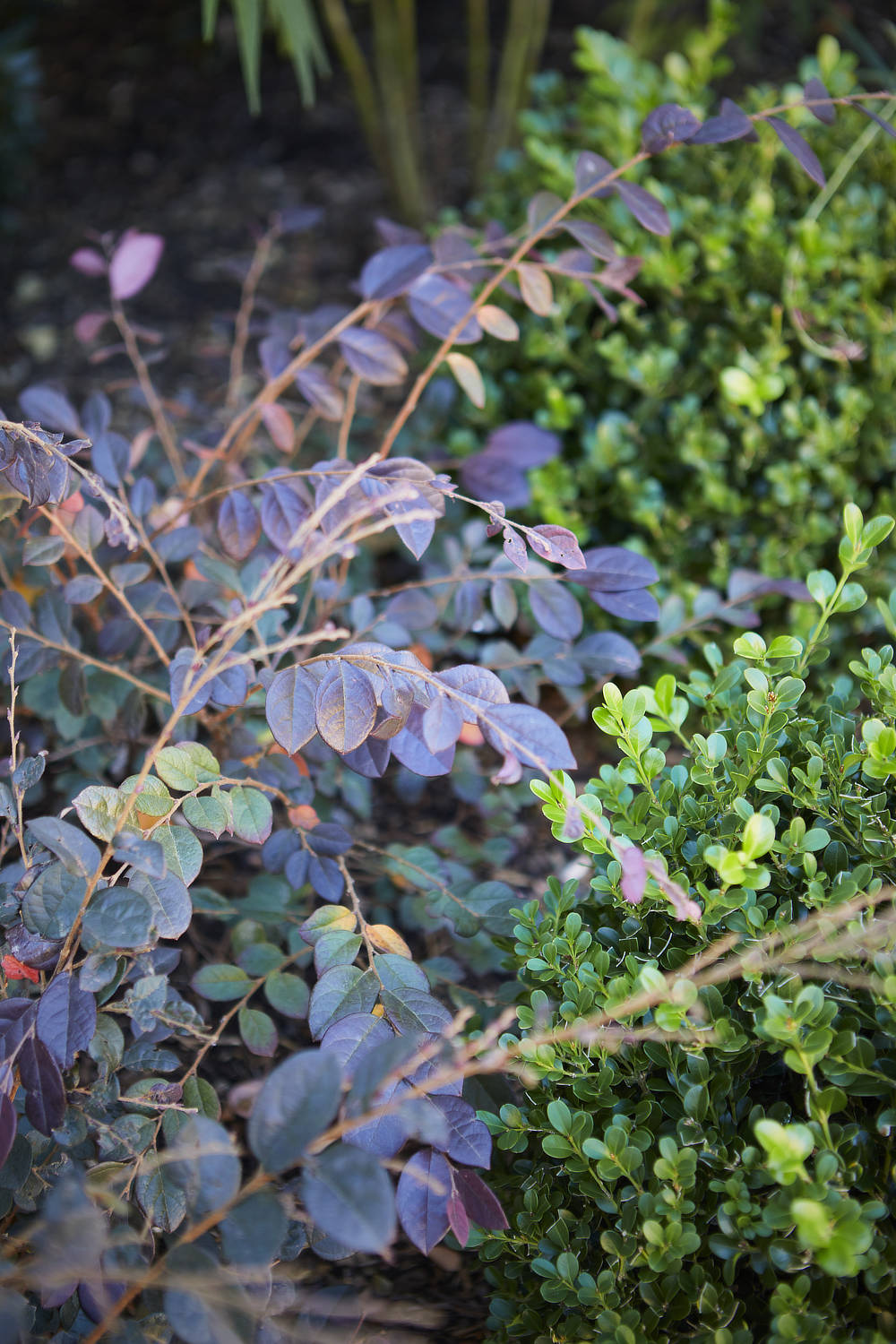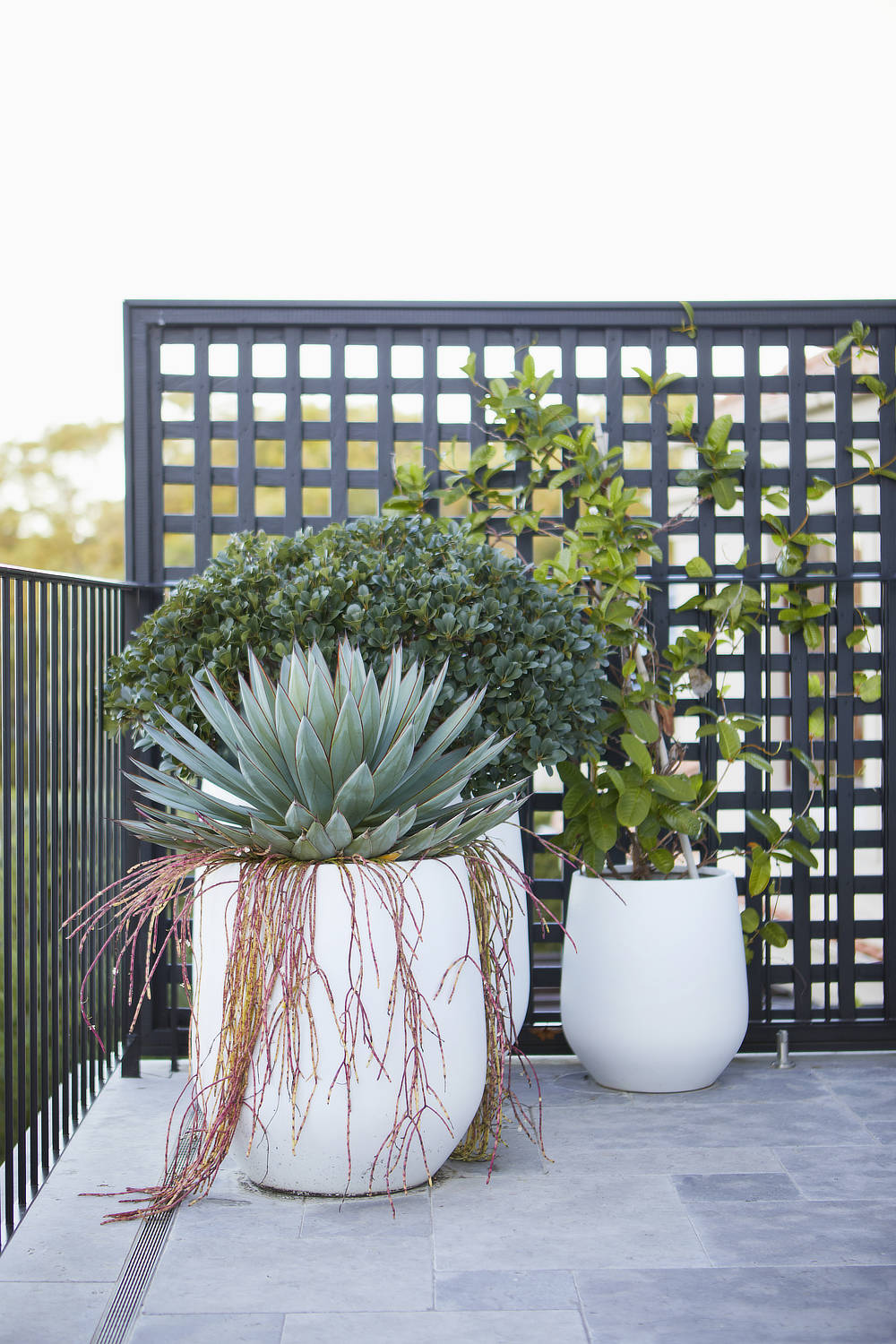Digging can be such a pain in the…back.
Digging puts a lot of people off gardening, its hard work, gives you blisters and its taxing on the knees and back with all the up and down. Well, if that sounds like you then you need a no-dig garden.
The benefits of no-dig gardening are obvious- it’s in the name, however it can also be adapted if you don’t have any soil space. A no dig garden can be created on old lawn areas or even on concrete or paved slabs.
You will need to create a raised bed for your new no dig garden to contain the growing media you are about to create, its not essential but it gets very messy if you don’t.. This can be anything including brick, block, timber sleepers, steel panels or even old pallets. Unlike other raised beds the no dig garden doesn’t contain soil – you are about to create soil rather than put soil in. Why you ask? Well A no dig garden is perfect if you have terrible soil – gutless, sandy Perth soil needs a lot of work to grow in and creating your own ensures you get all the beneficial organisms such as bacteria, fungi, protozoa, algae, yeast, nematodes as well as insects and earthworms.
Another huge benefit of creating your own soil and using a no dig system is you do not get any compaction. Compaction really stunts growth as plants have to work hard to get their roots out into the soil. A soil that is loose and aerated also takes water more effectivity as it works like a sponge soaking all the way through rather than running off and finding the easiest route, which leaves areas dry no matter how much its watered.
To create the soil you need a few ingredients.
- Newspapers (yes I would be honoured to be the base layer in your new garden)
- Straw or lucerne mulch
- Manure and or compost
- Blood and bone
- Garden lime
If you are building on concrete start with a layer of twigs and sticks to aid in the drainage, if on grass add a good dose of lime and blood and bone as this will help kill off the grass and compost it down quickly, if on soil you can move straight to the next step of putting down a layer of newspaper. The newspaper stops grass and weeds coming through so take care to double up the edges and run them up the side of the bed. It also works like a mini reservoir holding onto moisture.
Then you need a layer of straw or lucerne – each layer you add to the garden should be around 10cms deep and try not to compact it down. Followed by a layer of manure or compost. You can add green kitchen waste to this layer but don’t add it any higher up as it could attract vermin.
Follow this with a straw layer with blood and bone on top and then back to the compost or manure layer. Then you simply layer between straw, blood and bone and manure… like building a garden lasagne. You can also add in worm castings or rock dust to the compost layers of the bed to really give it a super charge of goodness.
The last layer should always be the straw or lucerne layer and this is what you plant into. Create small pockets around 10-15cms wide and fill them with compost. You can then sow seeds or seedlings directly into these pockets.
As your no-dig garden creates soil it will settle over time so simply add more layers to it to bring it back up to the top, finishing with a layer of straw to create pockets for planting once again.


